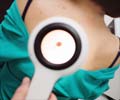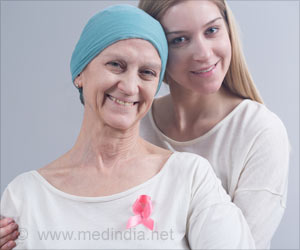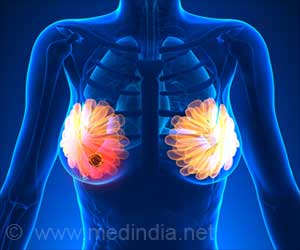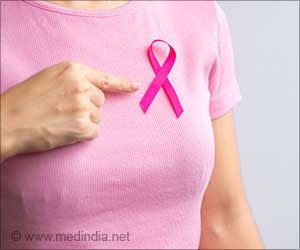New research indicates that children of melanoma survivors were more likely to wear hats and re-apply sunscreen after receiving a multimedia informational program.

A team of researchers led by Ellen R. Gritz, Ph.D., and Mary Tripp, Ph.D., M.P.H., both researchers of Behavioral Science at The University of Texas MD Anderson Cancer Center, conducted a randomized trial to determine if a sun protection program for melanoma survivors and their children was more effective than standard educational materials available to the general public.
"This country is expecting more than 76,000 new cases of melanoma, the deadliest form of skin cancer, to be diagnosed this year," said Tripp. "Similar to tobacco education, sun protection education is also critical, especially in the early stages of life."
The researchers sought to determine whether a sun protection intervention would impact melanoma survivors' attitudes and beliefs related to their children's sun protection, decrease children's sunburns and increase children's sun protection. More than 2,000 potential candidates from the MD Anderson patient registry were screened for study eligibility with 340 melanoma survivors – with age appropriate children – participating in the trial.
"This study is the first to examine a sun protection intervention for children of melanoma survivors," said Gritz, who is also the chair of Behavioral Science at MD Anderson. "This is significant in that the risk for children of melanoma survivors is almost doubled because of possible shared genotypic and phenotypic factors." Genetic factors are inherited traits including fair skin or light eye color, whereas phenotypic factors involve behavioral and development traits.
The study randomized melanoma survivors into two groups: one receiving standard educational materials consisting of health-related brochures on sun protection, physical activity and nutrition, and one receiving the sun protection intervention. This group received print booklets and a DVD featuring melanoma survivors. Materials presented survivors' personal stories and motivations for protecting their children from the sun, and showed how survivors and their families practice sun protection.
Overall, the intervention increased sunscreen reapplication and the use of wide-brimmed hats in the children. "This is an important finding because children typically use less sunscreen than is recommended and reapplication improves sun protection," said Tripp. The results indicated the greatest effect on sunscreen behavior was in survivors who had children younger than 8 years old. Tripp also noted that few interventions directed to parents have increased children's protective hat-wearing behavior.
Source-Eurekalert
 MEDINDIA
MEDINDIA


 Email
Email






